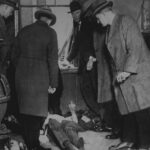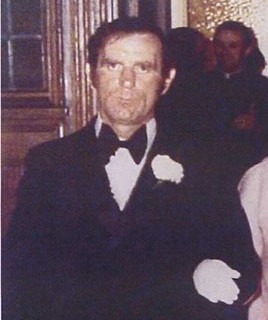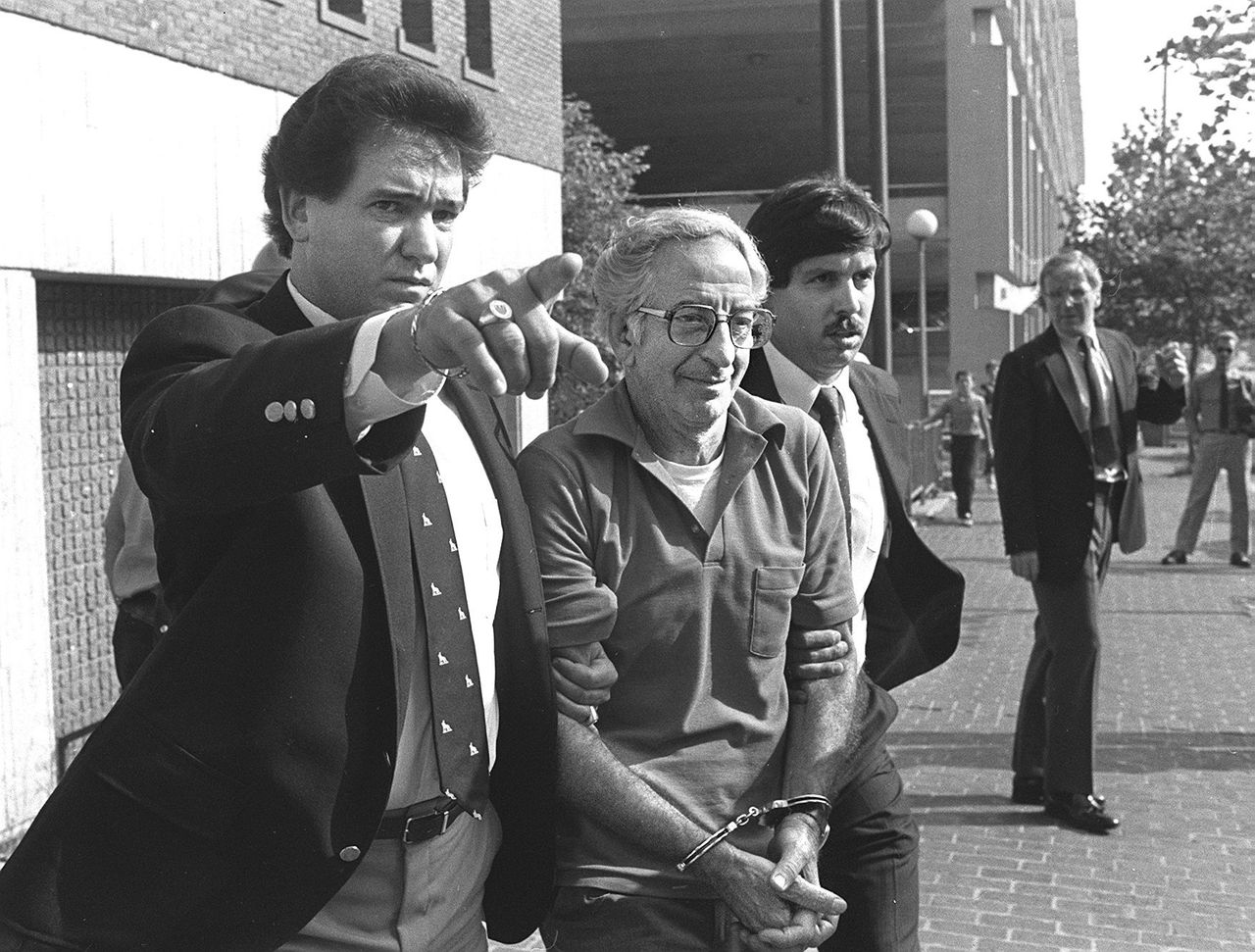Manhattan, New York in 1855 – To the right of the picture is Hells Kitchen & the West Side, New Jersey can be seen further back and on the left is the East Side and straight down is where Five Points & the Bowery was located. In the front is the old reservoir & the Crystal Palace.
In the 1850’s the Five Boroughs did not exist as they were today, they were separate entities within themselves, they were incorporated into what is known as New York City now back in 1898.
Unrecognizable today this was New York in the Gangs of New York period, indeed the Five Points no longer exist today, it is now mainly Chinatown.
At this stage of New York’s history, Irish immigration was huge though the Great Famine had been over three years many Irish families were still looking for better lives.
Most were forced down to Lower Manhattan and the Five Points neighborhood in particular, which by all accounts was one of the most notorious slums in the world at that time. Gangs like the Bowery Boys & Dead Rabbits roamed the streets, indeed they would have a full scale riot and then next day a riot between the Bowery Boys & Kerryonians broke out. It was lawless, crime ridden and densely populated, but that is for another day.
However, many Irish and also many other immigrants such as the Germans both groups being the largest ethnic groups living in Manhattan at the time found a completely different world to the one they had set sail for.
Manhattan was split up into various districts and neighborhoods, given their own distinct name and each known for their own distinct varieties of crime, The Gas House District was known for its opium dens, Hell’s Kitchen was known for its saloons and gambling joints, the Tenderloin District was known for its prostitution, the Five Points for its murder for hire etc.
These notorious crime ridden and rat infested slums were packed with mainly poor and newly arrived immigrants who lived in crumbling tenements, where rubbish and chamber pots were dumped into the streets from the windows above. If you were fortunate enough to find an apartment in one of these buildings you were doing quite well, others were crammed into boarding houses where dozens would share a room and some would sleep on straw covered floors. The rents for these rooms and buildings were very high, if the people couldnt afford the rent, their possessions were taken and were evicted.
A typical tenement building had no central heating or indoor plumbing, wooden outhouses were usually located in an alley behind the building. To get water for cooking, washing and drinking the people would have to be carried from water pumps on the streets.
Due to such conditions, families resorted to finding money and employment through any means necessary, some were forced to a life of crime, others to prostitution, there were peddlers everything and anything and hot corn girls selling hot corn in order to survive. Alcoholism was rampant, while children were sometimes left to fend for themselves, roaming the streets and joining criminal gangs. Life was desolate for most of the inhabitants of these slums.
In one report in 1866 said that at that point in Manhattan had 800,000 inhabitants of which there were 30,000 thieves, 20,000 prostitutes, 3,000 drinking establishments and 2,000 gambling joints. Health department reports that Typhus, Chicken Pox, Measles and Tuberculosis killed many of the poor in these slums, while poor nutrition and dire sanitary conditions killed more. It was estimated that 65 poor immigrant children died to every 8 non-immigrant children.
Orphans and abandoned children, who were known as Street Rats or Street Urchins and had no formal education lived and slept on the streets of these slums, in alleys, basements or abandoned buildings. Some had jobs such as street sweeping but the majority turned to crime, pick pocketing was the most favored profession for these children, they would hang around saloons, post offices, hotels and train stations waiting for unsuspecting people to rob. Harpers weekly claimed in one publication “Those who adopted the semi savage and wandering mode of life seldom abandon it” while the Children’s Aid Society said these children “gnawed away at the foundation of society undisturbed”. Many of these children did in fact go on to become murderers, bank robbers and extortionists when they got older.
In 1855, one of the legendary characters of this period William Poole better known as Bill The Butcher died. During his life he was legendary, a founder of the Bowery Boys gang and member of the Nativist Party. You may know the name from Martin Scorsese’s movie Gangs of New York.
Irish immigration had reached the point where at one stage in New York’s history a quarter of the entire population of Manhattan consisted of Irish, which was half as many more than any other nationality, the number of Irish was roughly 200,000 the next biggest nationality were German which made up roughly 100,000*
Of the roughly 200,000 Irish people living in Manhattan, the majority came from just three counties, Cork, Kerry & Sligo all on the West Coast of Ireland where the famine had hit hardest. It is understandable why a majority would have been from Cork, as at the time before the famine Cork was the most populous county in the country with 854,000 people living there.**
Sources:
**Five Points – Tyler Anbinder
*Gangs of New York – Herbert Asbury
Queen of Thieves – J. North Conway


























